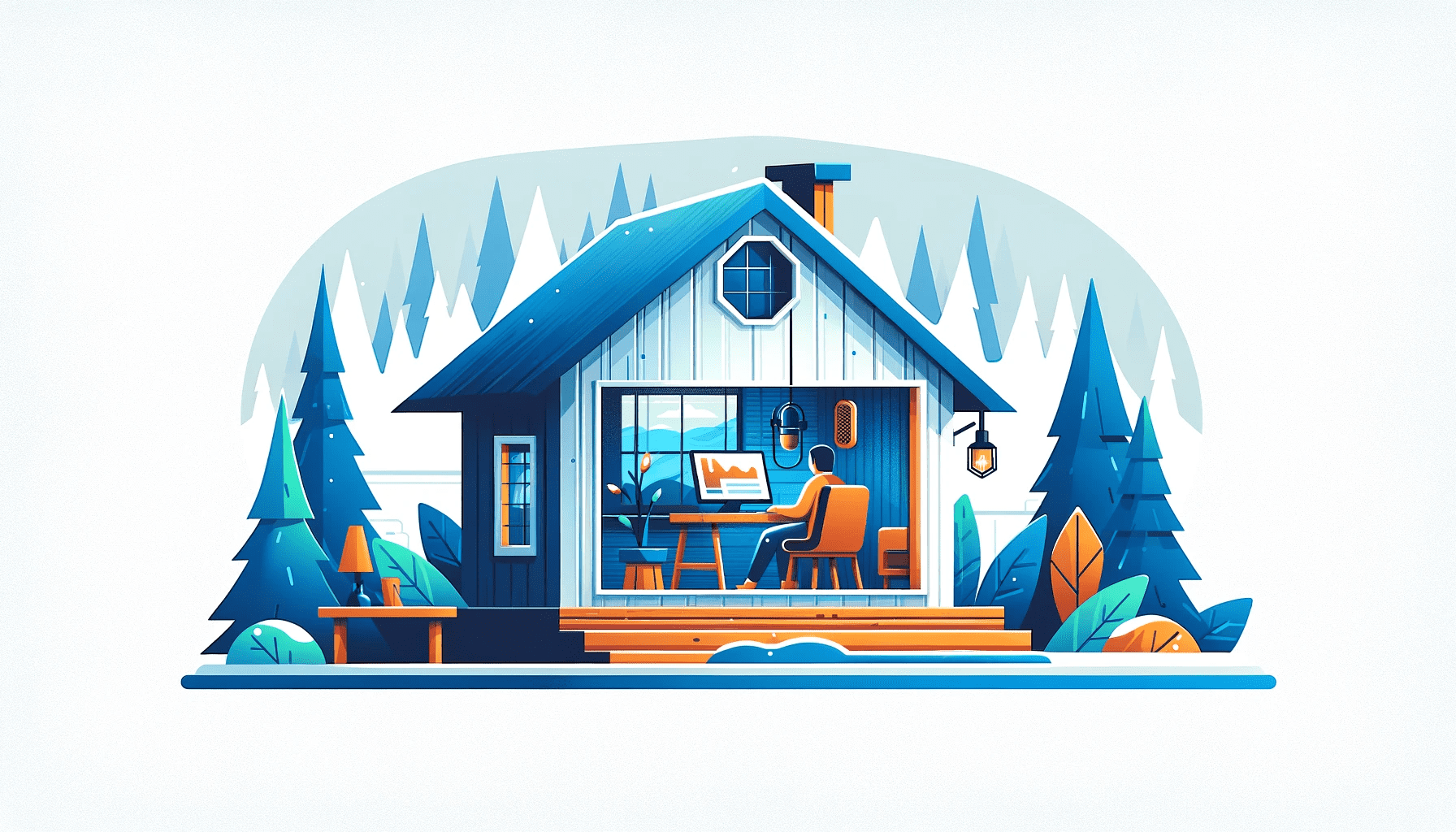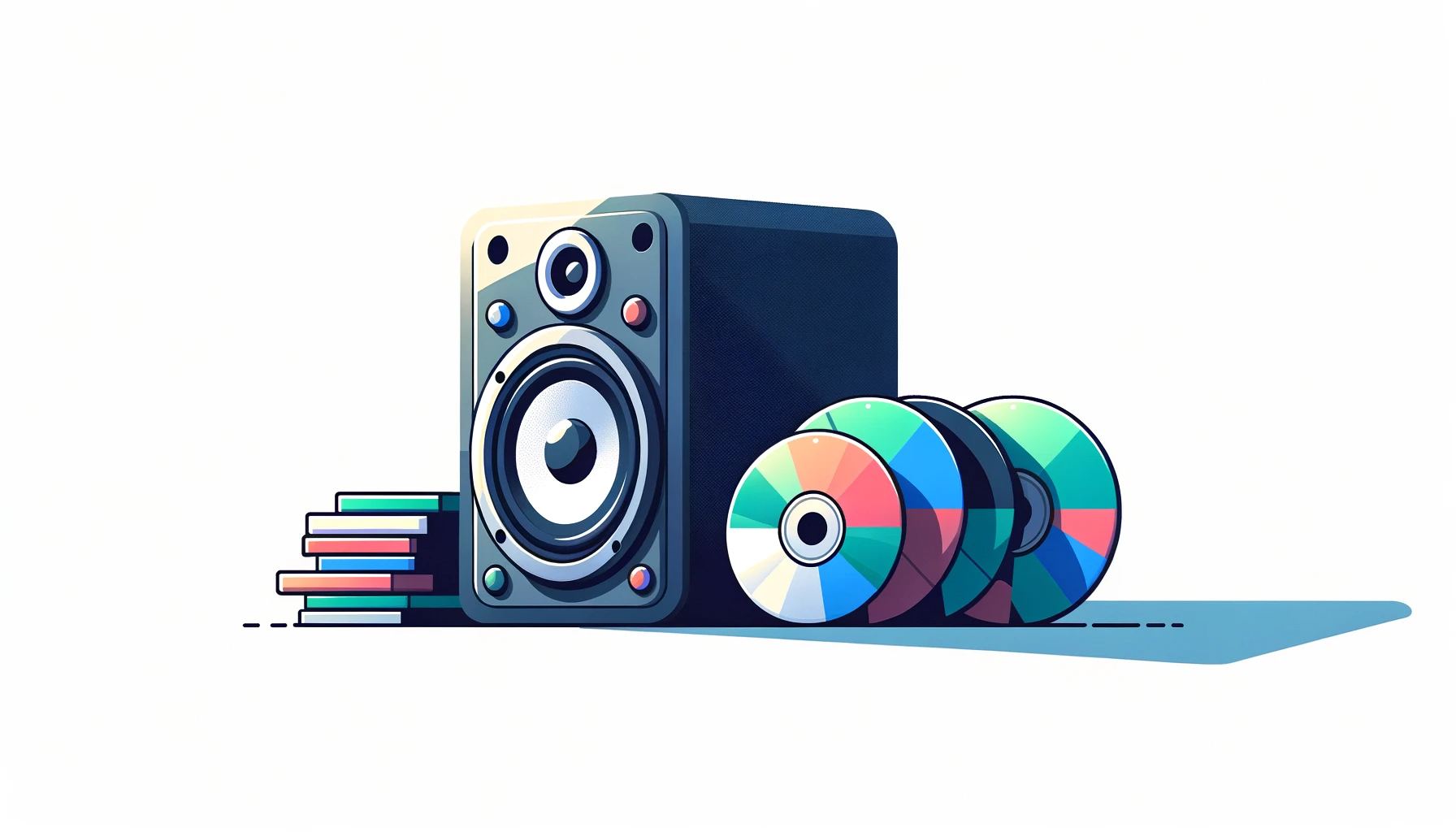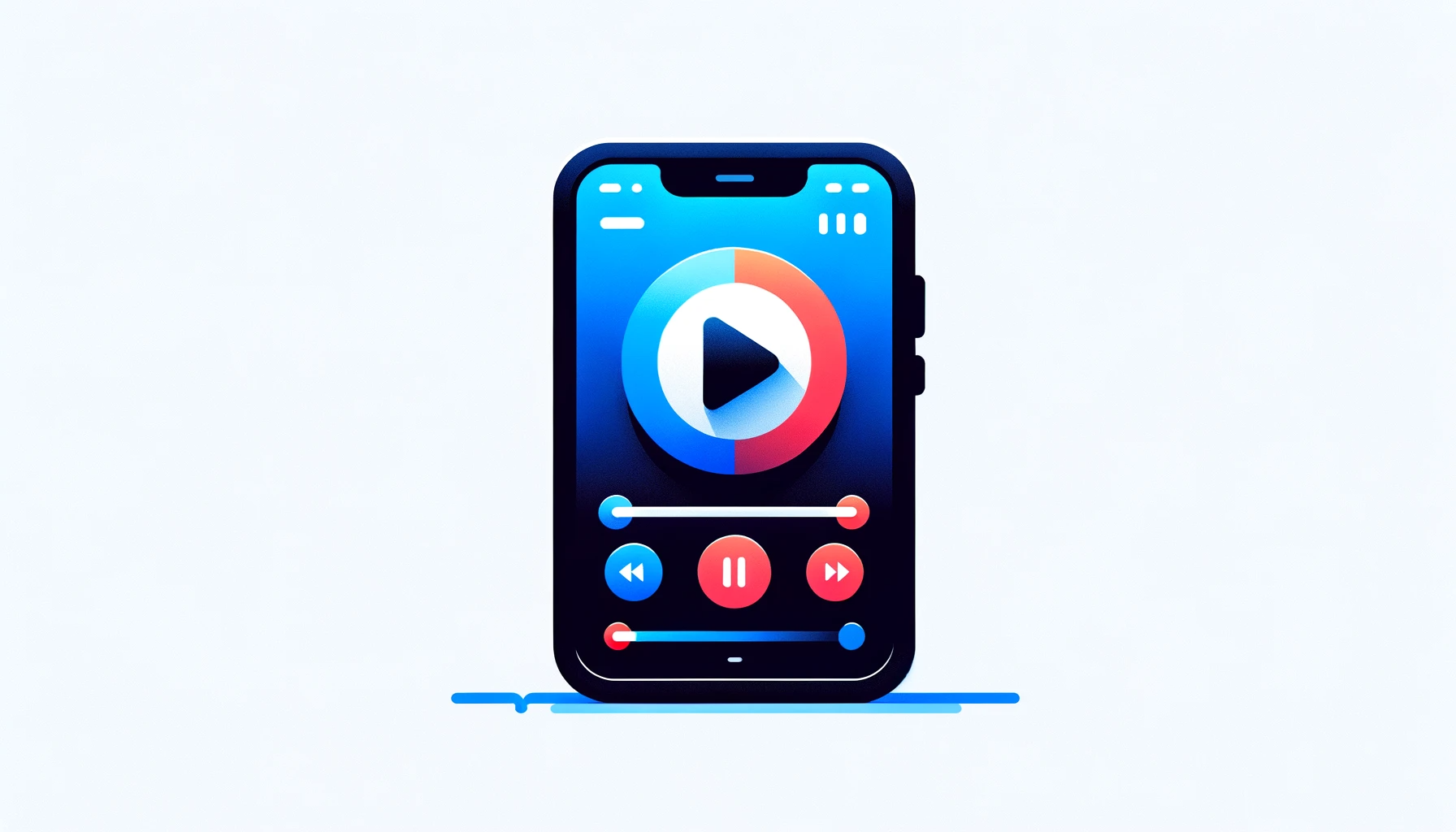Making a Switch: Starting a Podcast as a Radio Station Owner
If you're thinking of making a switch and starting a podcast, we've got some tips to help you.

Back in 2002, barely 22% of the U.S. adult population was familiar with podcasting. Two decades later, in 2022, the numbers had risen to 79%. Today, approximately 41% of U.S. residents — 144 million people — tune into at least one podcast per month. Globally, the number of podcast listeners is projected to hit an all-time high of 504.9 million by the end of 2024.
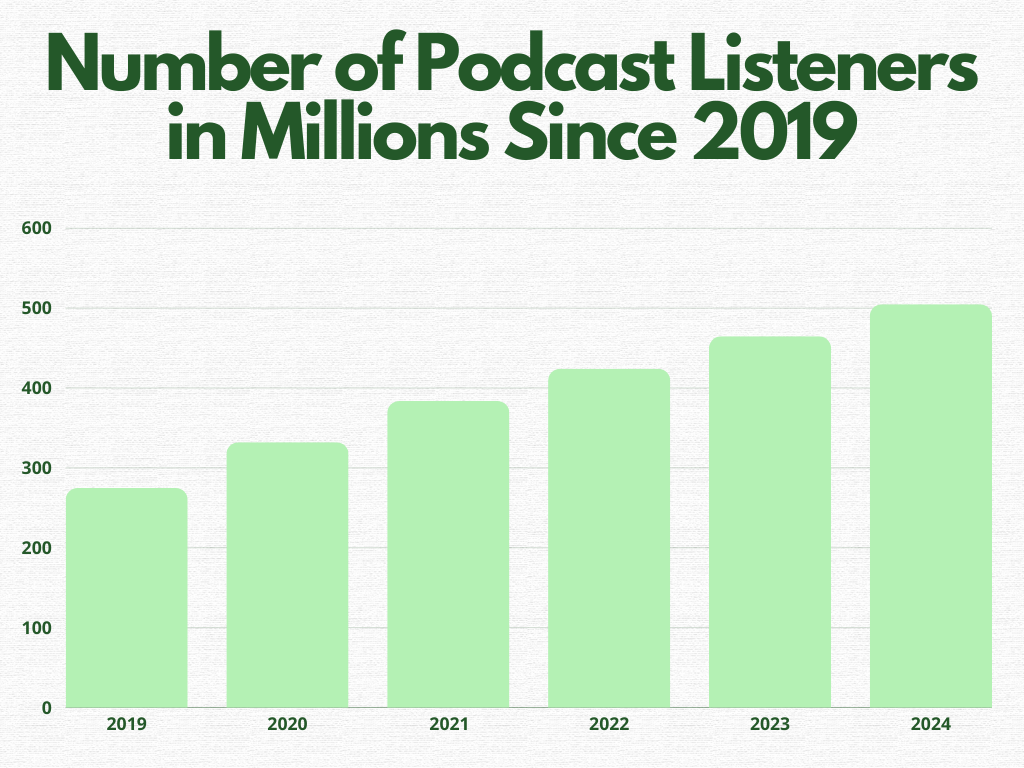
Graph Made in Canva
Stats Source: Exploding Topics
Numbers don’t lie. Based on the above stats, it’s clear that the awareness, creation, and consumption of podcasts is growing exponentially. For radio station owners, this means an opportunity to expand their reach beyond conventional frequency limitations. In fact, stations such as WAMU 88.5, WETA Classical, West Virginia Public Broadcasting, and WYPR - 88.1 FM that have leveraged this wave are already recording tremendous improvements in their numbers.
In this article, we’ll outline why every modern-day radio station must have a podcast, including the dangers of not having one. We’ll also offer a step-by-step guide on getting your station’s podcast up and running.
Why Start a Podcast for Your Radio Station?
Podcasts are generally way easier and cheaper to start and run than traditional radio stations. When properly set up, they can help your station cultivate a loyal audience, establish a voice, and enhance brand awareness. Here’s how:
1) Access to a broader audience
Unlike conventional radio stations that can only cover limited areas, podcasts are typically accessible globally. As long as your target audience has a PC or mobile device and a stable internet connection, they can tune in and listen to your shows from anywhere. Also, while live radio broadcasts end as soon as you go off-air, you can repost podcasts for listeners who were unavailable during the live show — further enabling you to access a wider audience.
2) Testing the ground before launching
You can also use podcasts as a strategic tool to assess the ground before launching your radio station. By publishing shows on different topics related to your niche and target audience, you can gather valuable insights and feedback to help you develop more relatable radio programs. Podcasts can also help you test potential show ideas, hosts, and themes to see what resonates most with your listeners. Most podcasting platforms allow hosts to actively solicit feedback from listeners via comments, reviews, and social media engagement.
3) Social media promotion
Podcasting can help you effectively push your station’s programs on social media, cultivate a dynamic online presence, and enhance audience engagement. By re-purposing radio content into podcast episodes, snippets, highlights, and teaser clips, you can entice followers to listen to the full episodes and tune into your regular shows. Alternatively, you can host or collaborate with influencers or reputable podcasters within your niche to create a buzz around your radio station.
4) Archival value
Quality radio content requires a lot of hard work and extensive research. Unfortunately, the fleeting nature of conventional radio does not allow station owners to preserve the outcomes of such efforts or enable listeners to relive the great moments they had in previous shows. To resolve this, you can use podcasts as a permanent repository for your historical shows, interviews, and events — turning your shows into perpetual assets.
5) Podcasts are today’s trending medium
As previously highlighted, the popularity of podcasts has been rising consistently for the last couple of decades. And reasonably so — podcast content is easily accessible, multi-task friendly, typically intimate, and provides an instant community. As the saying goes, what the market wants, the market gets. With the market currently demanding podcasts, any business-oriented radio owner would not think twice before jumping into this trend.
Steps to Start Your Podcast
Are you ready to start your radio station’s podcast but don’t know where to begin? Don’t fret — here’s a simple step-by-step guide:
Step 1: Identifying Your Niche and Audience
Before anything else, define your intended listeners and topic. While narrowing down to a specific audience or niche might seem limiting, it can give your podcast a sense of direction and help you create long-term, meaningful relationships with your listeners. It can also establish you as an authority on the selected topic, enabling you to build trust with your audiences. To address the limitations that might come with specialization, choose a broad subject with several subgenres that you can reasonably cover in multiple episodes or seasons. Above all, ensure the topic aligns with your station’s brand and target audience’s interests.
Step 2: Plan Your Podcast
Next, define the podcast’s format, episode length, and style. Will it be educational, news-focused like NPR’s Up First, story-based, or conversational like The Conversation Weekly? Also, how long will each episode or season run? While some podcasts, like This American Life, are long — sometimes running for an hour or more per episode — others, like Kind World, a podcast from WBUR, take less than 10 minutes.
The chosen format will help you further refine your brand and identify the necessary equipment. For example, while a one-person story-telling podcast might only need a single ring light and a recording device, a talkshow-based podcast requires multiple mics, detailed lighting, a mixer, pop filters, audio refinement software, and a whole lot of other equipment.
Step 3: Creating Engaging Content
Content is key. The main reason why your audiences come to your podcast is the content. Therefore, you should ensure that your programs are not only relevant but also engaging and interesting. Occasionally ask questions and engage listeners through Q&A sessions to keep them active. Also, place the microphone about 6-12 inches from your mouth to capture the desired vocal tone and minimize background sounds. Most audiences will not forgive bad audio.
Step 4: Recording and Editing
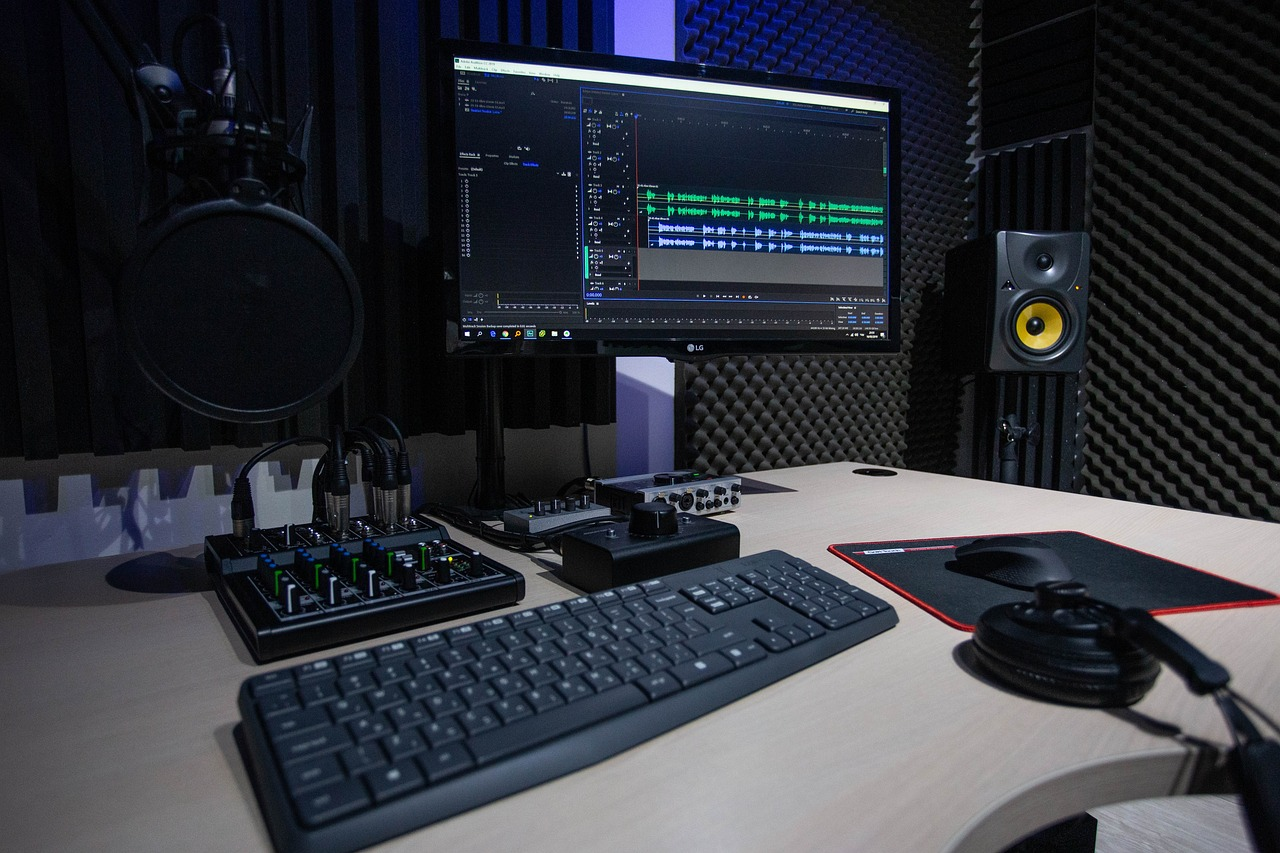
Source: Joe007
The recording environment should be quiet, free from distractions, and acoustically friendly space. If you have the budget, it may help to invest in acoustic wall linings or other noise-cancellation technologies like soundproof blankets and weather-stripping tapes. If the podcast involves hosting guests, buy comfortable seats, condenser mics, and proper lighting.
Most people outsource podcast editing to freelance editors. However, if you want to handle this yourself, you’ll need the following:
- Audio editing software like Ableton Live, Logic Pro X, Adobe Audition, and Pro Tools
- A good laptop
- Headphones and speakers
- Microphone for recording extra sound bites
Step 5: Launching Your Podcast
With everything in place, you can record your debut episode. Keep it as interesting and reflective of your aspirations as possible. A well-presented debut episode can help you capture and hook your target audience for future shows. And the opposite is true. As you record, decide on the ideal hosting and distribution platform — one that your intended listeners frequent. Also, craft a precise marketing strategy to attract and retain listeners.
Step 6: Monetization and Growth Strategies
The final step is exploring ways to draw returns on investment from your podcast. Once you’ve amassed a considerable audience, you can look for strategic sponsorships and partnerships. For instance, if your podcast focuses on events, you can partner with event organizers to push their upcoming functions at a fee. Most podcast platforms also offer ad monetization and merchandising.
Conclusion
Podcasting might not replace traditional radio as earlier feared. Instead, it offers a valuable opportunity for radio owners to access broader audiences, test their programs before launching, generate more revenue, archive content, and enhance their brand awareness. If you don’t invest in podcasting as soon as possible, your competitors will — and guess who will lose listeners? You guessed right: You.
Remember to tailor the content to your specific audience and station brand. Good luck with your podcasting journey! 🎙️📻
